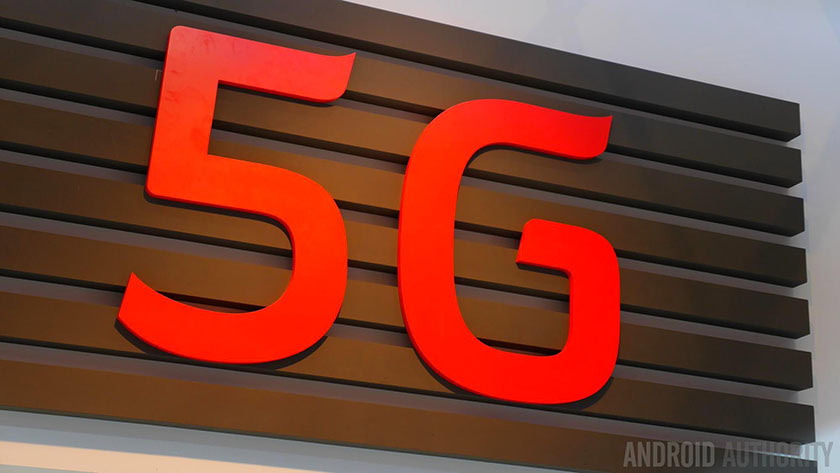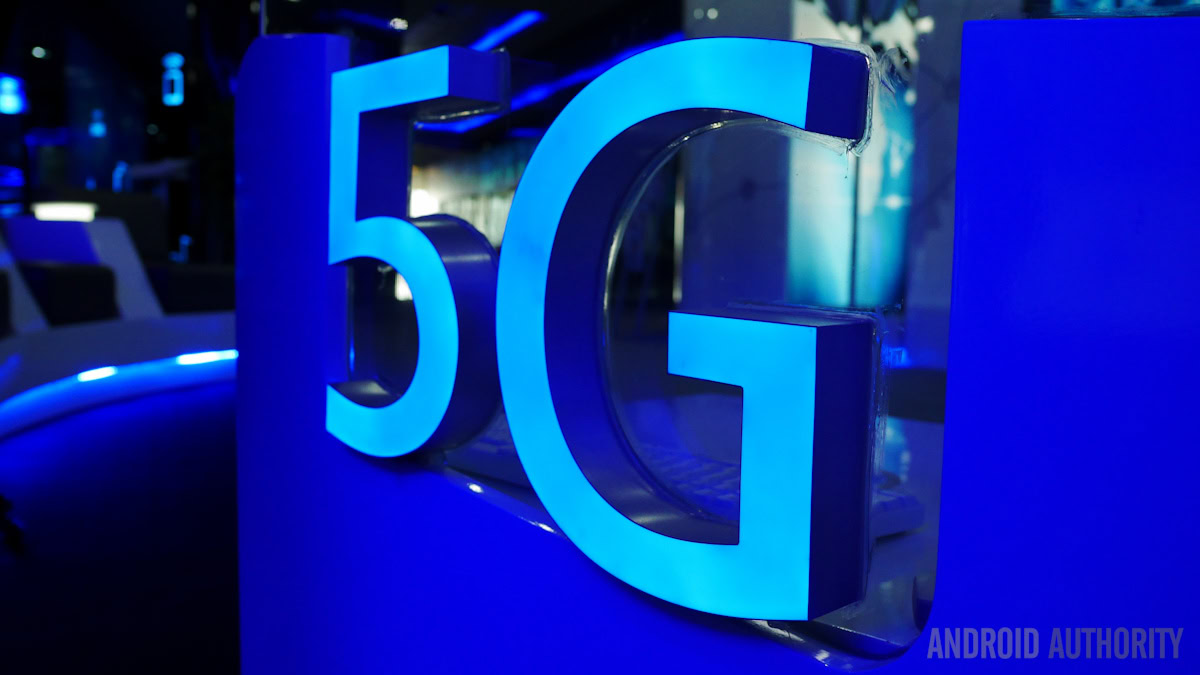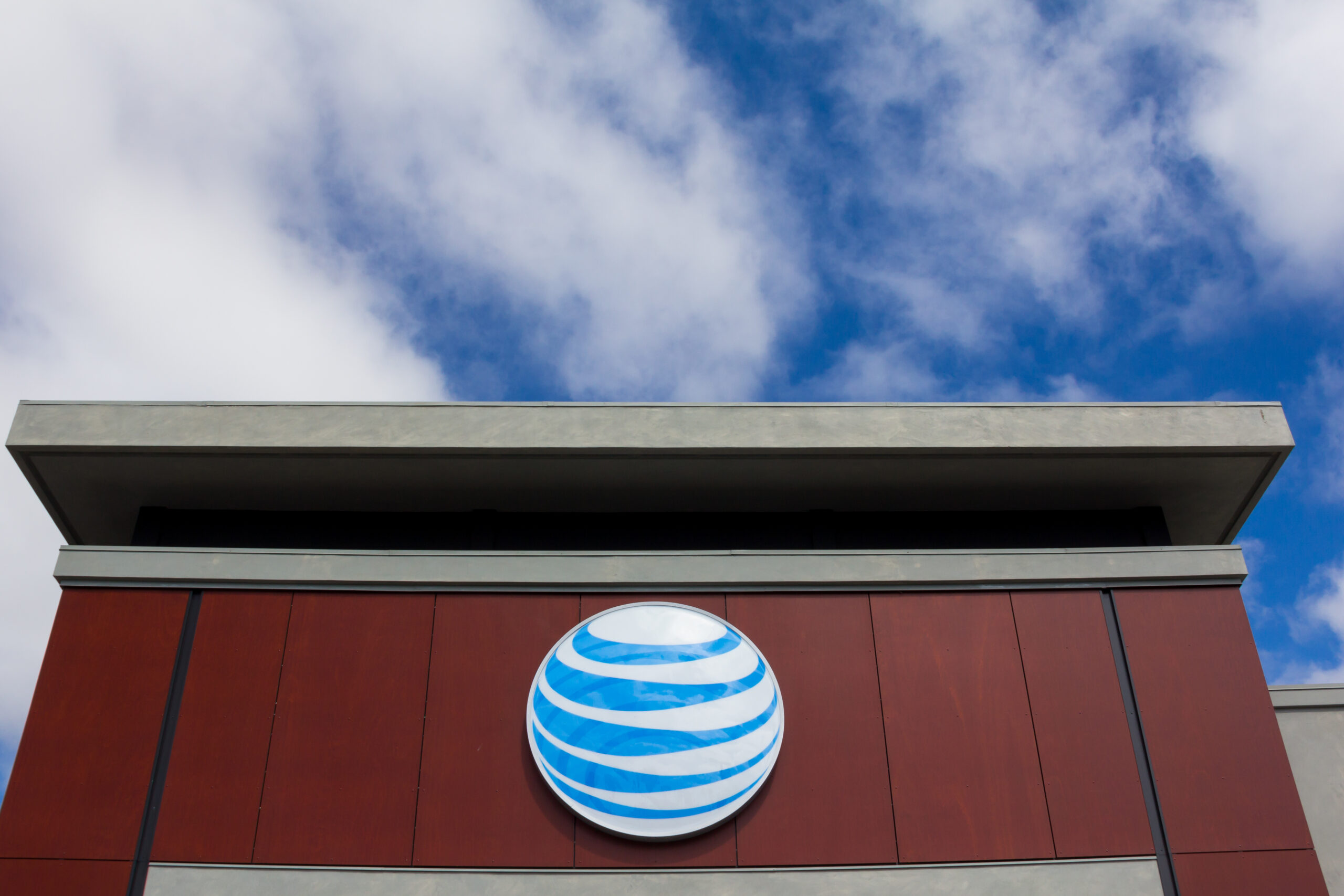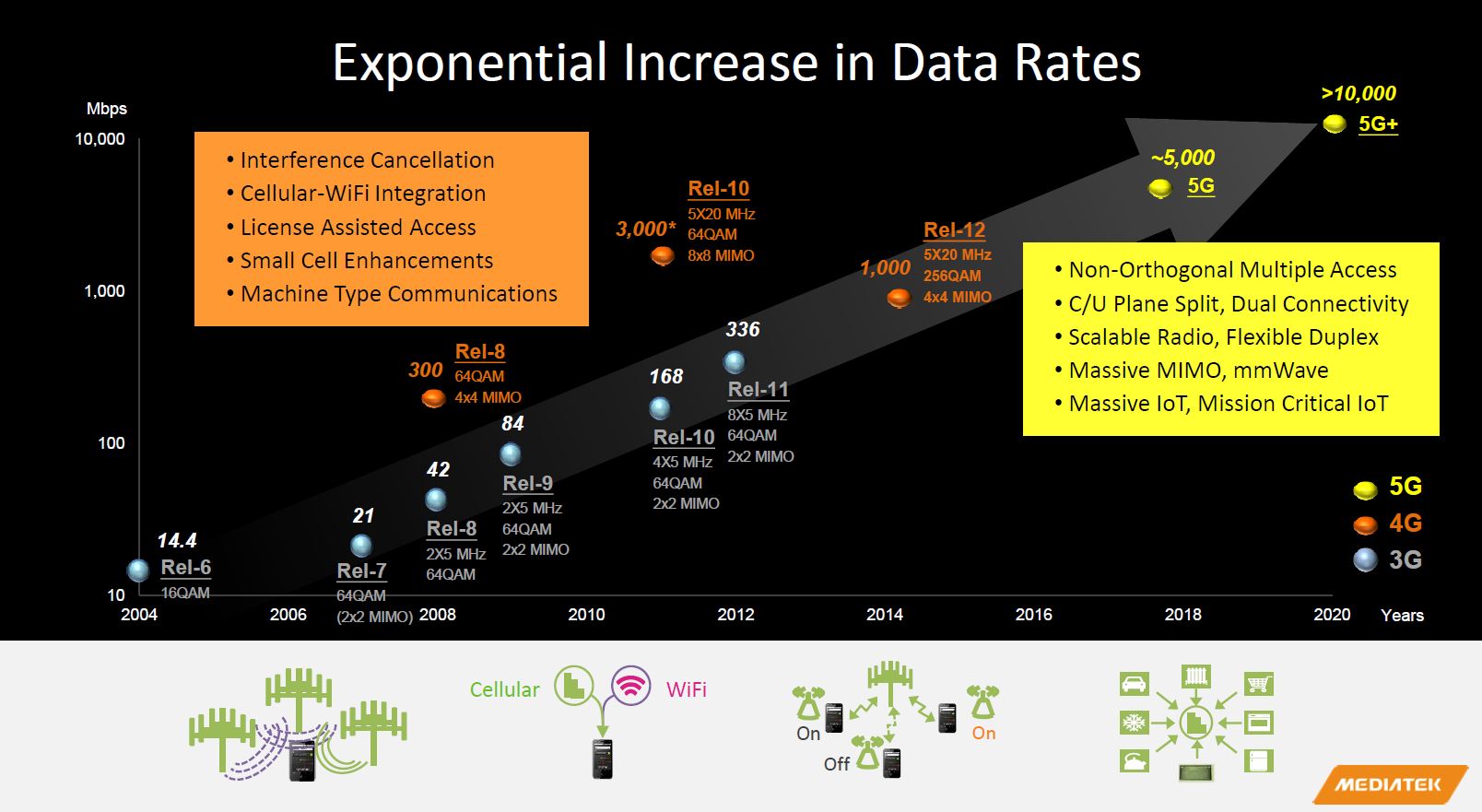Affiliate links on Android Authority may earn us a commission. Learn more.
AT&T joins Verizon on early 5G tests in the U.S. this year
Published onFebruary 12, 2016

AT&T has confirmed that it, like Verizon, will begin testing 5G networks in the U.S. in 2016, with plans to introduce commercial services for fixed 5G later in the year. This is not to be confused with wireless 5G which won’t be commercially viable until around 2020 (or 2018 if you live in South Korea). But with speeds of 10-100 times that of the fastest 4G/LTE networks, any 5G is good 5G.

AT&T is looking to test fixed 5G connections as a possible alternative to fiber optic broadband connections in rural areas. “Ultimately as an integrated carrier we have a lot of incentive to (add) any new technology (to our) footprint, particularly if that 5G for fixed usage has better economics than fiber in certain locales,” said John Donovan, AT&T’s chief strategy officer.
Getting in early on a fixed line 5G network will obviously provide an advantage when the cellular version gets standardized in the coming years, with the expectation of an agreed-upon 5G standard for wireless to be worked out in 2018. AT&T is confident that its early forays into 5G networks will pay off in years to come for wireless 5G. As Donovan confided, “when it’s ready, we’re ready.”

Verizon announced similar plans last year and has already been cooperating with Samsung, Qualcomm, Ericsson, Alcatel-Lucent, Nokia and Cisco in testing its early 5G network. AT&T announced it will be working with Intel and Ericsson on its first trials, which will begin in the second quarter of this year.
While these efforts to be on the front foot are laudable, it’s important to note that without a formalized standard, what’s called “5G” now might be a long way from what 5G ends up being classified as in two years’ time. The basic themes of 5G (which requires a generational shift from 4G) are: extremely low latency, speed matching, multiple-user and multi-stream connections, pervasiveness and data speeds that are 10-100 times faster than current 4G connections.

While the concept of pervasiveness means that “true” 5G won’t be true 5G until it is everywhere – with no areas of weak reception or no connection at all – the other themes are already in play in various 5G test that have been conducted for the last several years. T-Mobile is currently the fastest LTE network in the U.S. with download speeds of 12.26 MB/s, whereas 5G download speeds have already been demoed as fast as 3.6 GB/s.
The fastest theoretical LTE speeds currently are 150 MB/s while the various top speeds tossed around in 5G discussions so far have been anywhere from 10 GB/s to 20 GB/s. Of course the average person won’t see these speeds, but even something like 5 GB/s will be light years better than anything most of us have ever imagined.
[related_videos align=”center” type=”custom” videos=”660817,584626,604044,595330″]
AT&T will begin testing its fixed line 5G network in Austin in the next few months, with commercial rollout in the latter half of the year if the tests are successful. Verizon is testing its 5G network in San Francisco and Waltham, Mass.
When do you expect to see 5G? What are you expecting from next-gen data speeds?